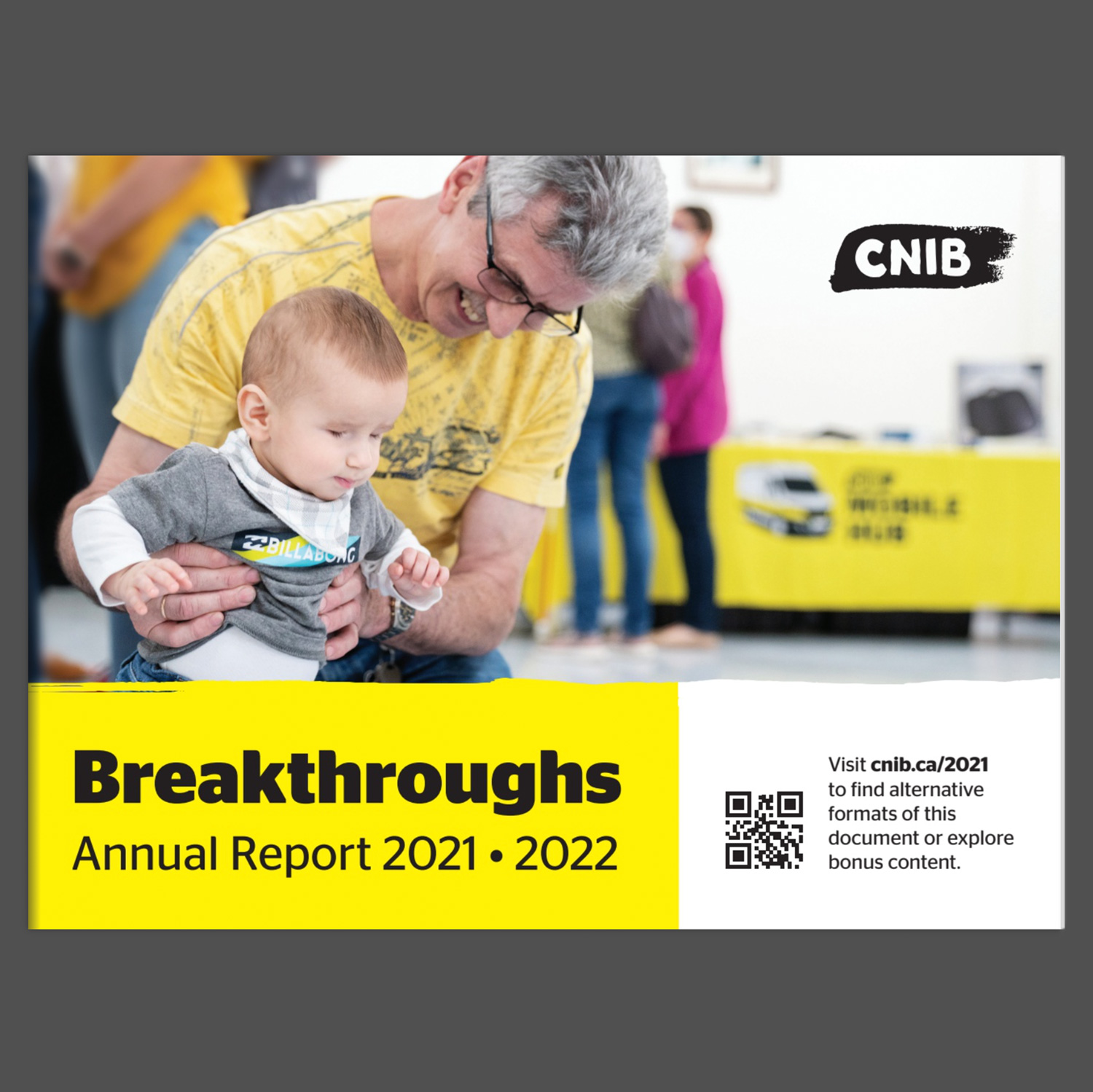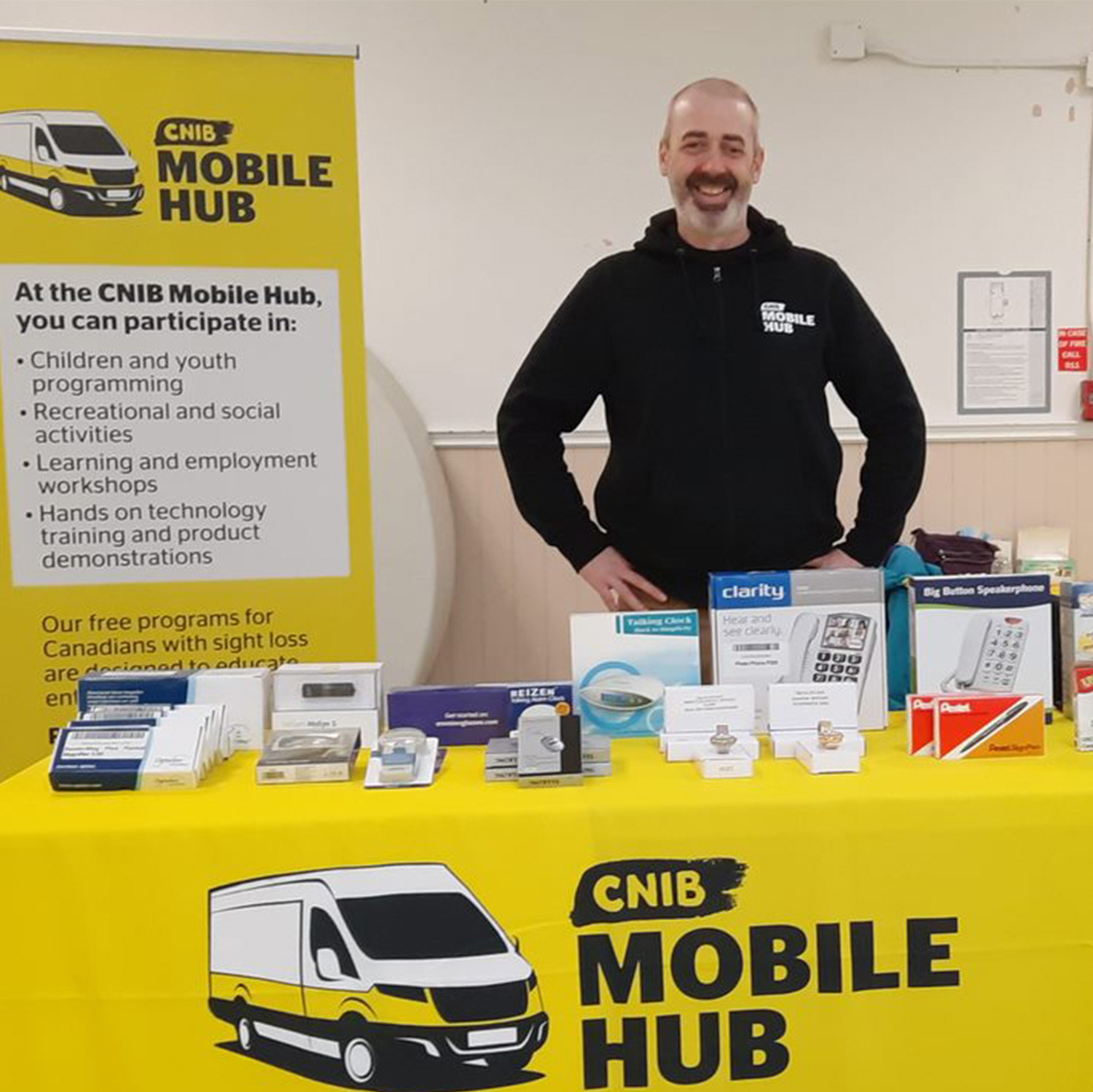A decade of transformation
Explore the lasting societal changes that CNIB and Canada’s sight loss community have created together over the past 10 years…

2013
We conducted the largest community consultation in our history, reaching out to thousands of Canadians with sight loss of all ages to help us create our next strategic plan. Through this consultation, we heard clearly that people who are blind or partially sighted didn’t want to rely on a charity, CNIB, to receive the essential vision loss rehabilitation services they needed to live independently and safely.
In 2013, we took the first steps towards developing our landmark Path to Change strategic plan, which aspired to shift the responsibility for essential rehabilitation services out of the charitable domain into the continuum of care like any other form of rehabilitation. The plan was launched the following year.

2014
After our highly successful Right to Read campaign in 2011, we were proud to forever transform the landscape of library access when we helped launch the Centre for Equitable Library Access (CELA), Canada’s first nationwide resource for alternative-format materials to be delivered through public libraries. It was a landmark victory for accessible literacy in Canada.
We also increased the range of accessible formats we produced for those who relied on them so that we could meet the format needs of all Canadians with sight loss – from DAISY (Digital Accessible Information System) audio books to ePub audio and electronic materials to contracted braille and uncontracted braille. We also expanded our literacy services to include offerings like “Braille on Demand”, wherein anyone in Canada can request and receive any braille material from us if they need it, free of charge.
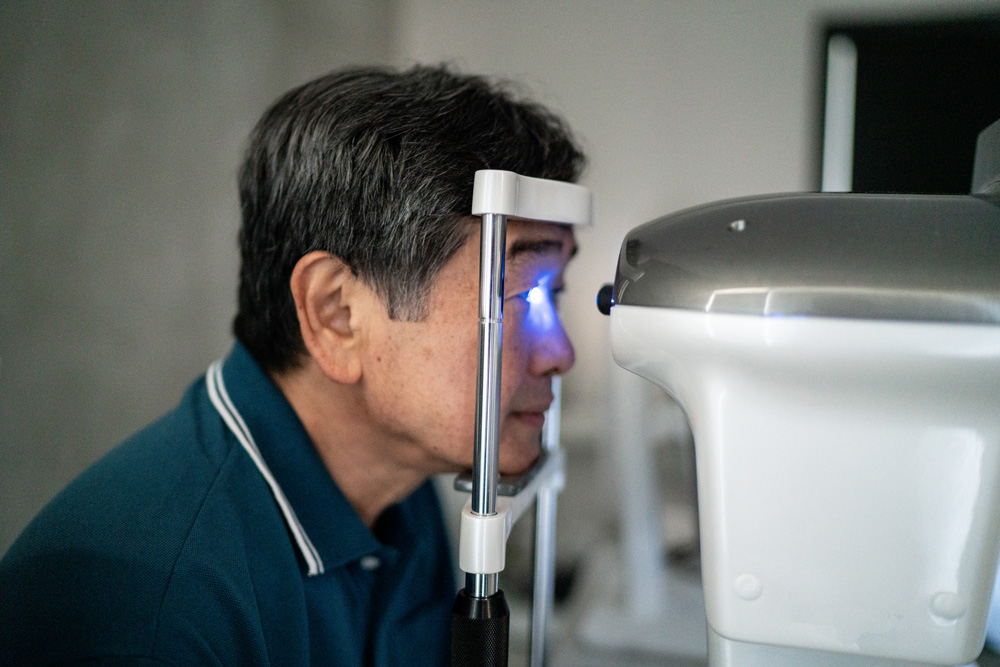
2015
We came together with Canada’s leading eye health associations to create and sign a milestone document, the Canadian Patient Charter for Vision Care, making a shared commitment to providing optimum patient-centred care throughout the vision loss journey. We also increased professional recognition of our service experts by having all of our rehabilitation team members achieve ACVREP (Academy for Certification of Vision Rehabilitation and Education Professionals) accreditation, the industry standard for high-quality vision loss rehabilitation.
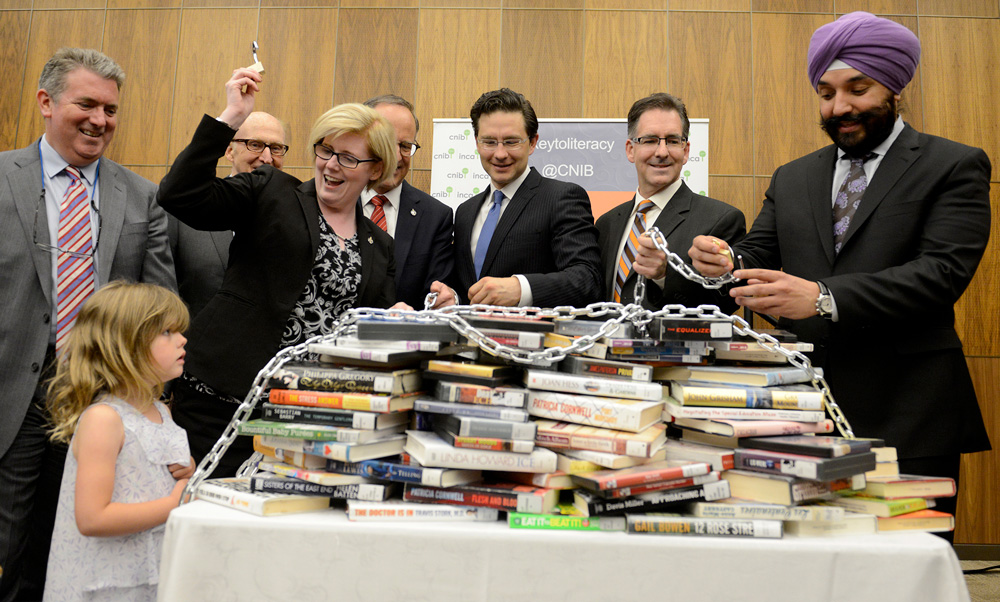
2016
After 10 years of consistent advocacy efforts working alongside the World Intellectual Property Organization and the World Blind Union, we successfully advocated for Canada to sign and ratify the Marrakesh Treaty – and with it, to break down longstanding barriers for three million Canadians with print disabilities to obtain literature in alternative formats. This history-making treaty centres on making changes to domestic copyright laws to allow sharing of accessible reading materials between nations, giving Canadians with print disabilities access to a far wider range of published literature than ever before.
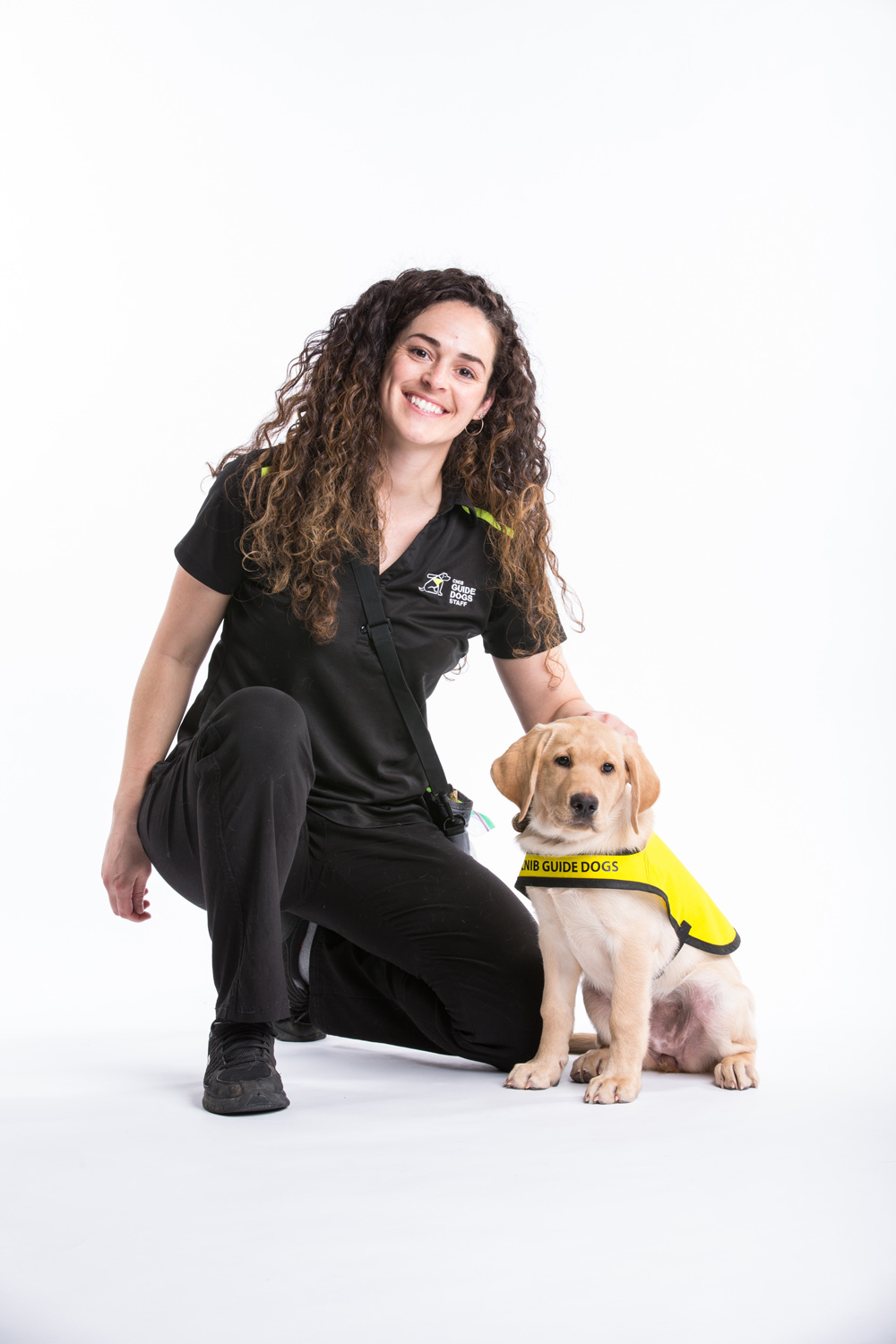
2017
Guided by our Path to Change strategic plan, we joined forces with people with sight loss nationwide and successfully transferred vision loss rehabilitation services from the domain of a charity, CNIB, to provincially-funded models across the country. Vision Loss Rehabilitation Canada, a new, government-funded organization, was created to further separate these essential services from the charitable sector of CNIB.
In the same year, we launched the CNIB Guide Dogs program to meet the growing need for guide dogs in Canada. It takes two years to train a guide dog for people who are blind, and we’re proud to have already matched more than 50 guide dogs with handlers across Canada, giving them the gifts of mobility, safety, and confidence, and an increased sense of independence and connection with the world. Meanwhile, we have another 60+ dogs in training to become guide dogs; the number of dogs in our program is doubling every year, and will continue to do so until we’re able to match at least 150 guide dogs a year with people with sight loss who need them.
We’ve also established a new, innovative form of support for children with sight loss: buddy dogs. So far, we’ve matched more than 20 buddy dogs with children who are blind or partially sighted across Canada – giving them not only one-on-one emotional companion, but helping them learn crucial skills related to independence, guardianship, confidence, and social interaction that will benefit them for the rest of their lives.

2018
On the back of the success of the Path to Change, we launched our Bold Dreams, Bright Futures strategic plan that centred on three goals built on the feedback of thousands of Canadians with sight loss nationwide: 1) boost participation in the world of work, 2) unleash the power of technology, and 3) drive achievement and equality.
After our participants told us they wanted us to focus on employment, we created our Come to Work career programs, which have since helped hundreds of job-seekers with sight loss achieve meaningful employment and secured more than 300 leading partner employers nationwide.
We also launched our Phone It Forward program, which has since given out thousands of smart devices to people with sight loss who need them nationwide; and we launched Shoptalk, a cutting-edge program that transforms the accessibility of retail spaces in communities through the installation of accessible GPS beacons.
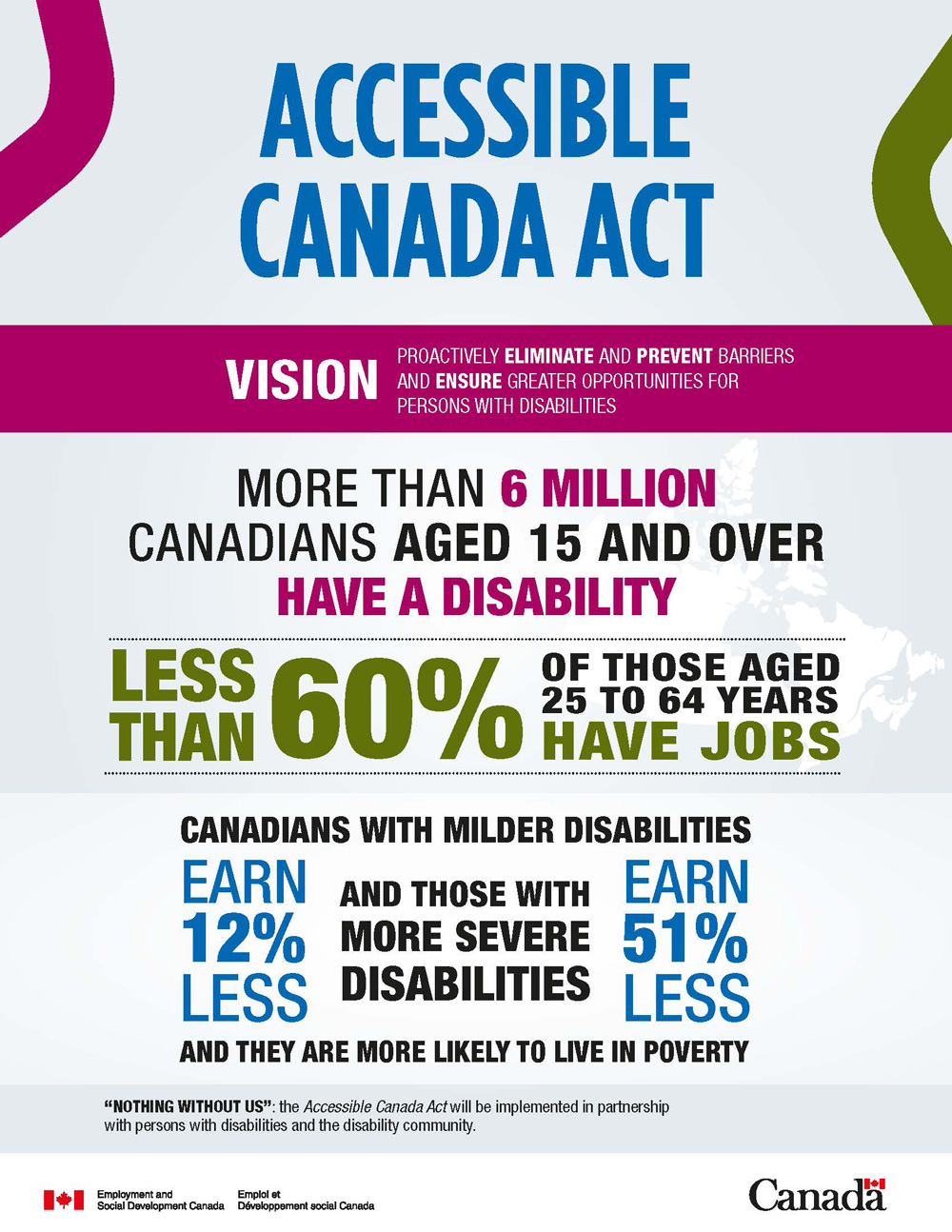
2019
By meeting with stakeholders and political leaders with consistent messaging about the need for accessibility legislation nationally, we championed Bill C-81, the Accessible Canada Act, to make Canada’s accessibility legislation stronger and more accountable – not only for the sight loss community, but all Canadians with disabilities.
This represented a permanent, game-changing win for Canada’s sight loss community. The government is now legislated to proactively eliminate and prevent barriers – instead of only removing barriers once a complaint has been filed – and to ensure employment and access to information are universally accessible. This means previously inaccessible websites and employers are now, by law, required to be accessible from the start.

2020
At the onset of the COVID-19 pandemic, we developed hundreds of new virtual programs so every Canadian with sight loss could continue to have a community of support, free from geographical and physical barriers.
We also launched CNIB SmartLife, a social enterprise that brings hundreds of cutting-edge technologies and home automations to people with sight loss nationwide.
With the support of Canada’s deafblind community, we expanded CNIB Deafblind Community Services (DBCS) beyond Ontario for the first time in 2020 thanks to government funding, which we secured through intensive advocacy work. We’re now proud to support 245 people who are Deafblind across Ontario and Saskatchewan, and are working to continue expanding right across the country.

2021
Every day, hundreds of thousands of Canadians with sight loss are forced to rely on others to help them make payments – surrendering their financial independence – because of inaccessible payment terminals commonly used in retail stores. That’s why we joined forces with Moneris Solutions, the largest payment processor in the country, to improve the accessibility of in-store payment terminals nationwide so that all Canadians can make purchases autonomously, without sacrificing their privacy or independence.
2022
All of the changes we achieved over the past 10 years started with us listening to and focusing on the priorities of Canadians who are blind, partially sighted, and Deafblind. With the help of thousands of our community members from coast to coast to coast, we’re now creating our next strategic plan. Join us, and help us create the next 10 years of forever changes.
Browse bonus content
